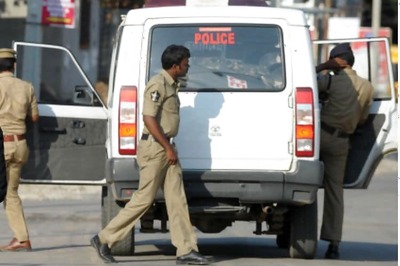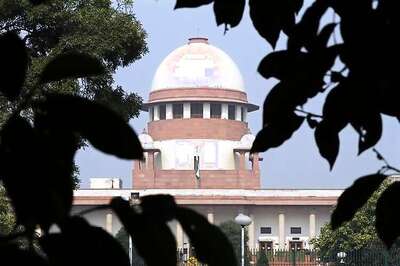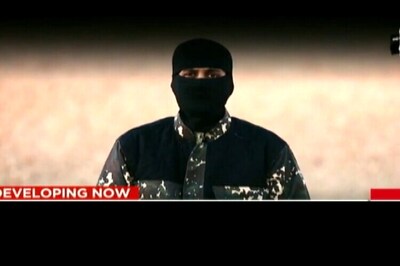
views
New Delhi: Even as Prime Minister Narendra Modi discussed with chief ministers of different states a common exit strategy to ensure staggered re-emergence form the nationwide lockdown, experts cautioned that the impact of the curfew should be assessed in the third week to get a realistic picture.
Senior scientists and epidemiologists said the government should assess relaxation of lockdown based on social distancing required thereafter and on the basis of extent of hotspots identified in the country.
On Thursday, Modi held a video-conference meeting with the CMs to discuss measures to combat Covid-19, the infectious disease spread by the SARS-CoV-2 virus.
The meeting saw a discussion on the formulation of a common exit strategy to ensure a staggered resumption of activities. “He (Prime Minister) asked the states to brainstorm and send suggestions for the exit strategy. He reiterated the importance of social distancing in preventing the spread of Covid-19,” a press note on the video-conference meeting released by the Press Information Bureau said.
“We will be able to get an assessment of the impact of lockdown in the third week. The cases that we are seeing right now are those infected before the lockdown was announced. Lockdown is an extreme form of social distancing. The assessment on the extent of opening up may be determined by the right amount of social distancing needed thereafter,” said Professor Gagandeep Kang, executive director of Translational Health Science and Technology Institute.
“This has to be assessed again on how much impact various measures have had in containing the spread. Like washing hands five times a day, closing of schools, working from home and so on,” Kang added.
The PM announced the nationwide lockdown on March 24 and it came into effect from midnight that day. Between January 30, when the country's first Covid-19 case was detected and March 25, 606 cases were detected.
From March 25 to April 3, there have been 1,695 cases and cumulative number of cases have reached 2301. A large number of the cases reported since the lockdown have been linked to the Tablighi Jamaat event in Nizamuddin which was attended by Indians and foreigners.
The emergence of such episodes has led to a spike in the number of cases but some discussion is afoot in the government on ways to stagger resumption of activities.
RK Misra, a non-resident scholar at Carnegie India, tweeted that a four-week staggered lockdown lifting process for various industries and institutions is under discussion.
“During our discussion in various groups (with Industry/Political Leaders, Thinkers and Policy Makers) following is emerging as 4 week staggered lockdown lifting process for various industries & institutions
“IT, Financial Services and BPO Companies – Only 25% in first week, 50% in second week, 75% in 3rd week and 100% in 4thweek attend the office and are seated accordingly ensuring social distancing. Remaining work from home in respective weeks. Industries and factories-Food and Essential Goods – immediate opening to full production in the 1st week if they are not running already (Sic)”
4. Public Transport - Most difficult to maintain Social distancing and susceptible to spreading the virus, hence keep it closed for 4 weeks.5. Private Transport -Allow private vehicles but ensure compan— RK Misra (@rk_misra) April 3, 2020
6. Goods Transport - Allow trucks and delivery vehicles with proper hygiene and social distancing norms.7. eCommerce - Allow order and delivery of all goods and services from 1st week itself to get economy moving.— RK Misra (@rk_misra) April 3, 2020
Giridhar R Babu, professor and head of Lifecourse Epidemiology, Public Health Foundation of India, said that hotspot identification and monitoring and surveillance will be key in the coming days and even after a probable relaxation in lockdown.
“Whatever the peak we should have had that has been definitely reduced and even the speed of transmission has been reduced. All those who are suspected to have coronavirus have to be identified rapidly in the remaining lockdown period. Once we do that, improve our surveillance and isolate them, we will have good results. After that we can have localised lockdowns based on hotspots that have been identified, along with strict surveillance,” Babu said.




















Comments
0 comment